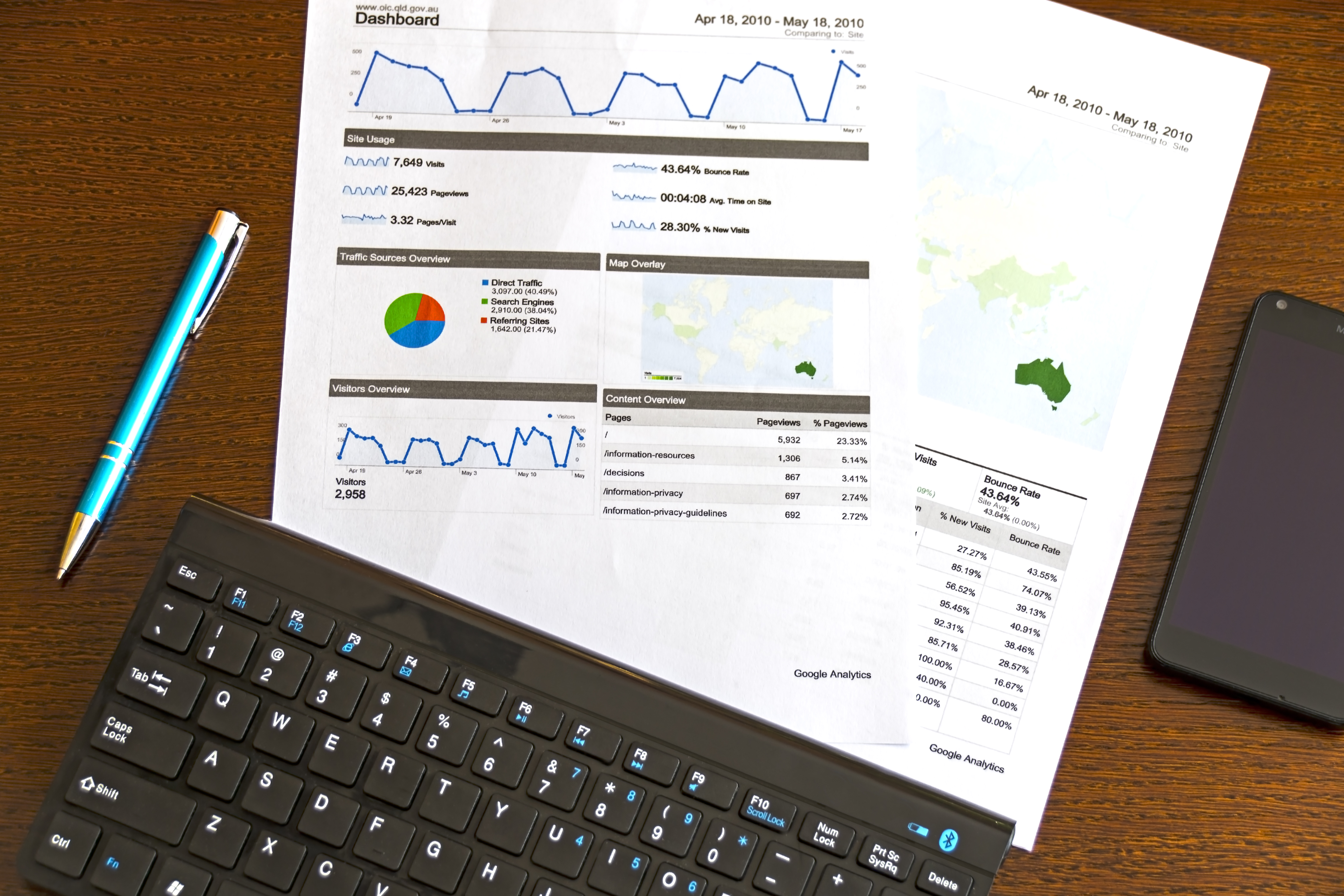In theory, all this data at your fingertips sounds great. The reality is not so fantastic. Unfortunately, there’s so much data it can actually be difficult to sort through the raw data to identify the underlying information. In order to add clarity, you have to select your metric based on relevance. That’s not to say you should discredit all data, just be careful you’re using relevant data. For example, if you want examine search and increase organic search to your site, then including data from devices is not going to be particularly relevant.
Firstly, let’s check in with Google Analytics. Tools within Google Analytics include your Audience, Acquisition, Behavior and Conversion
Let’s use a common example - blog posting. Regardless of your posting frequency whether daily or monthly, you may be still less than desired engagement. So then, how do you make it relevant?
Through Google Analytics, there’s several different metrics you can use. Starting at the bare basics, looking at your audience is excellent to determine if content is relevant. For example, if the bulk of your audience is sitting in 35-44, then posting content relevant to 21 year olds may explain low engagement. Similarly, if 20% of your audience interest is in “Travel Buffs” and you’re posting content for “Avid Investors”, it helps to assess where you’re going wrong.
With all these, arguably the most powerful is ‘Queries’ under ‘Search Console’. This stunningly powerful tool allows you to see word for word what people are searching for to land on your page. As you’re able to see up to 5000 queries, this extraordinary tool allows you to deliver relevant content as you know what people want to read. There may only be one section of your website displaying in search results, so look at these searches to see if you have other content you can repurpose. Don’t forget that repurposing content is a powerful friend here.
So although you now know how people landed at your site, take a moment to understand how they got there. Don’t forget, everyone has a competitor. Using online tools, you can compare your website content to competitors through keyword analysis. This allows you to see what you’re doing to drive traffic to your site. Again, this helps new content and content repurposing. Just remember, quality over quantity.
By taking the time to work through and analyse this data from your business, it’' a very powerful tool to influence and manage your business decisions. These metrics are incredibly useful in tracking the relevance of your content to the end user (or reader). Having defined your key metrics, measuring them and tracking progress in real time allows you to see whether you’re making the right decisions so you can quit making bad ones while you’re ahead. Using this technology to track this data against your business objectives is a highly effective way of breaking through the organic search battleground and create meaningful information for your business
If you're looking to implement data collection/management systems in your business, DCODE GROUP has a wealth of experience in custom software development to help record and track your business operations. Get in touch to find out how we can help implement technology systems and processes to help you capitalise on data in your business.





